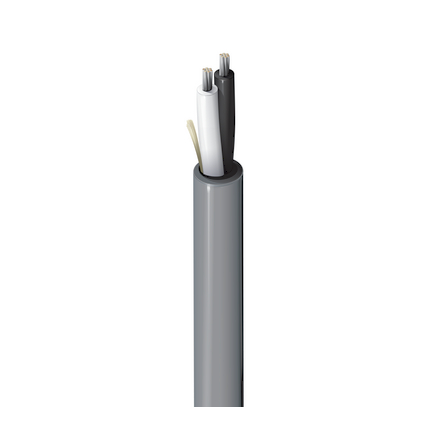Noice retort!The same way I presume you measure whether or not you like the way your stereo sounds.
However I am not making audio gear and selling it here.
But I can and have measured the noise level and use that to try and reduce noise and hum and make sure that cable routing is optimised. That would fall into the category of “do no harm”.
Obviously some of the things like chair position and speaker placement is largely by ear, I suppose that one can use room mode measurements to help with that to a large extent.
However I am unsure how to measure a cable. And if you and not, then it seems like it is by using some recipe or leaned over a cauldron where you try different things and see if something works. But if that is the case, then how are evolutions of that done? What is it based upon if not something measurable?
Yeah I like it.Also, do you like the way your stereo sounds? If so, how do you measure that?
I’m in the middle of a bit of an upgrade at the moment so I am down to HT.
Being on a corner of the world I need to look at reviews that have graphs and measurements where they do that sort of stuff. Stereophile is one example.
Then if I see some wild impedance demands from a speaker, for instance, then I know that I need to be concerned with an amplifier to support it.
It appears like you are selling the stuff here, but I cannot hear the cables from here.
And you are providing absolutely no engineering reasoning, or measurements, to help one along.
There are also others that sell this stuff on other corners of the globe with a similar model of “try it and see.”
It support that is all easy for you I suppose if you have all of SoCal within an hour or 3 of you, as they can then maybe try it first?















